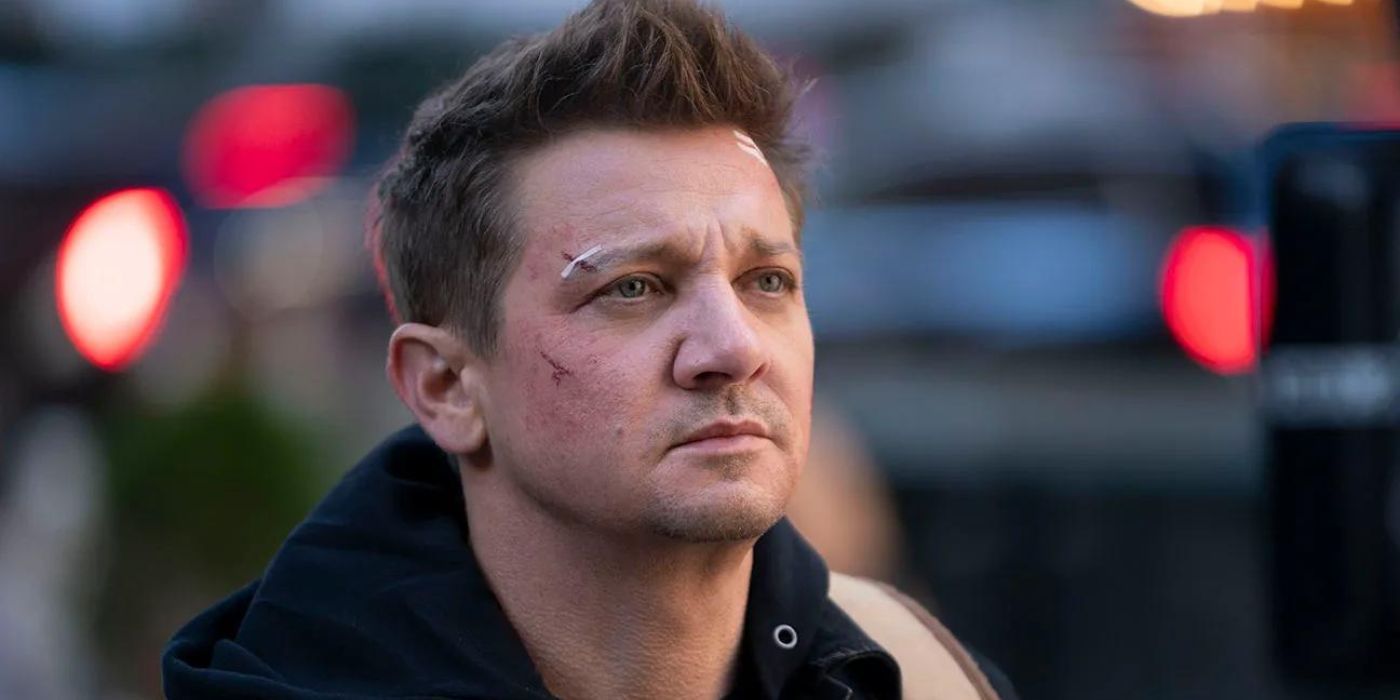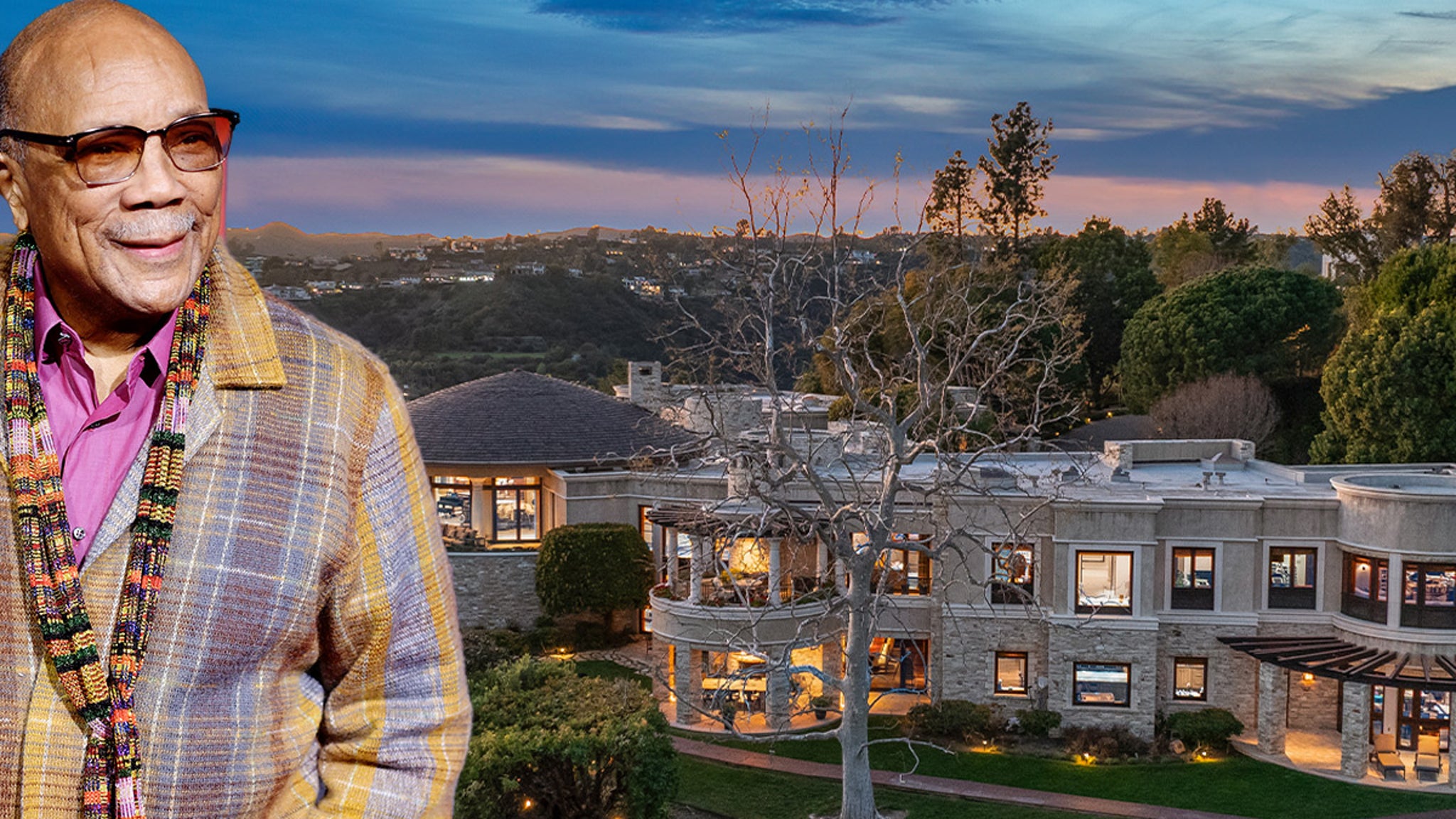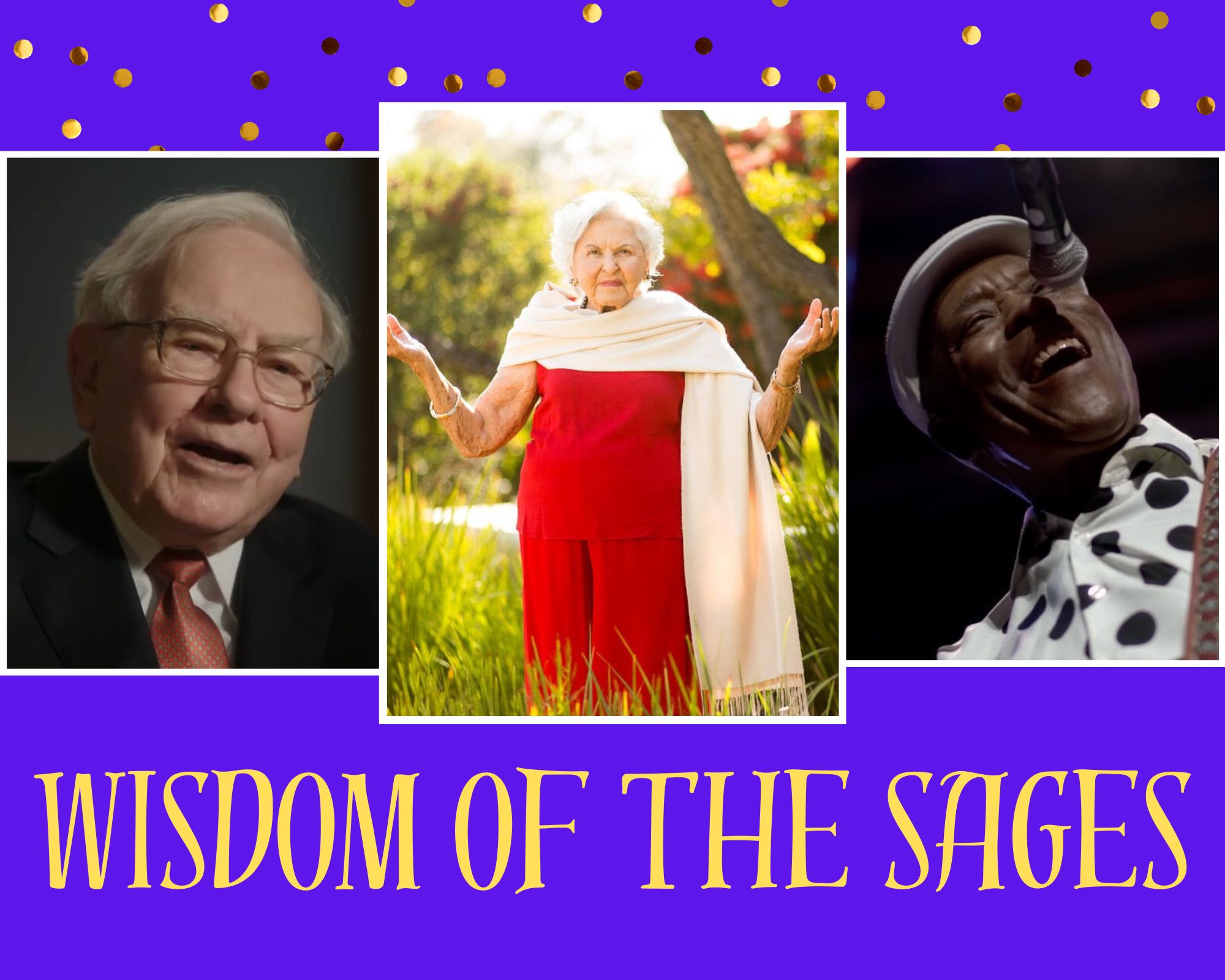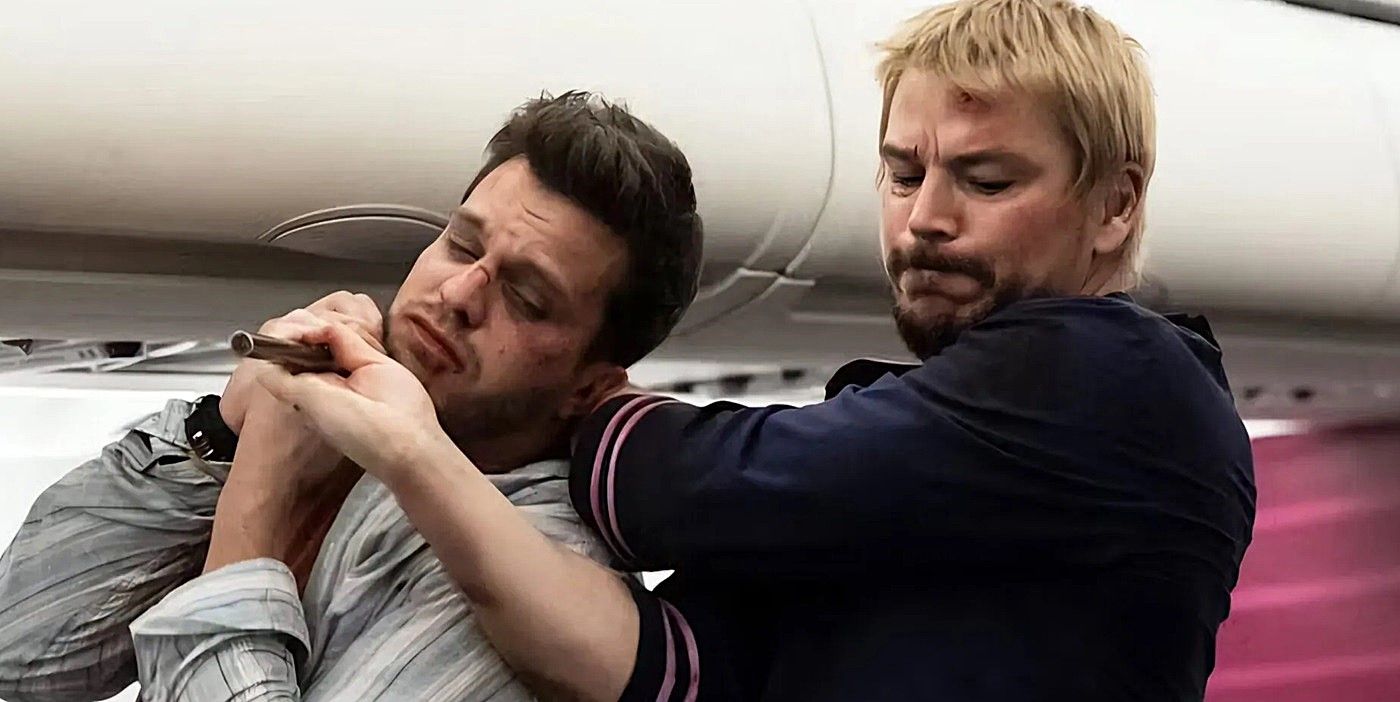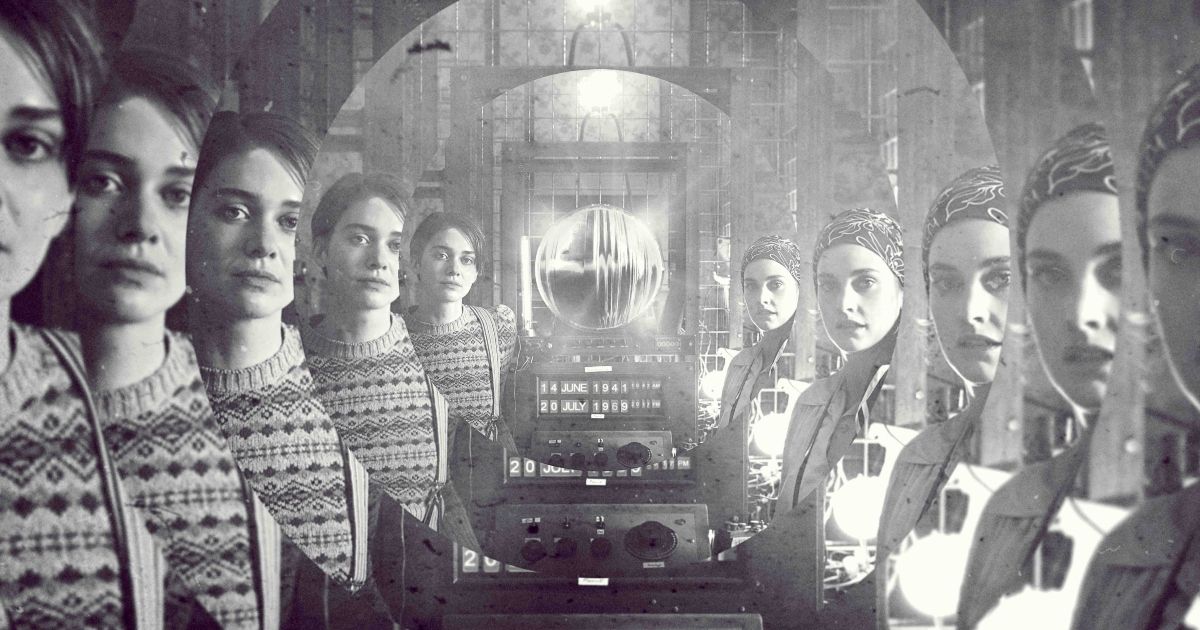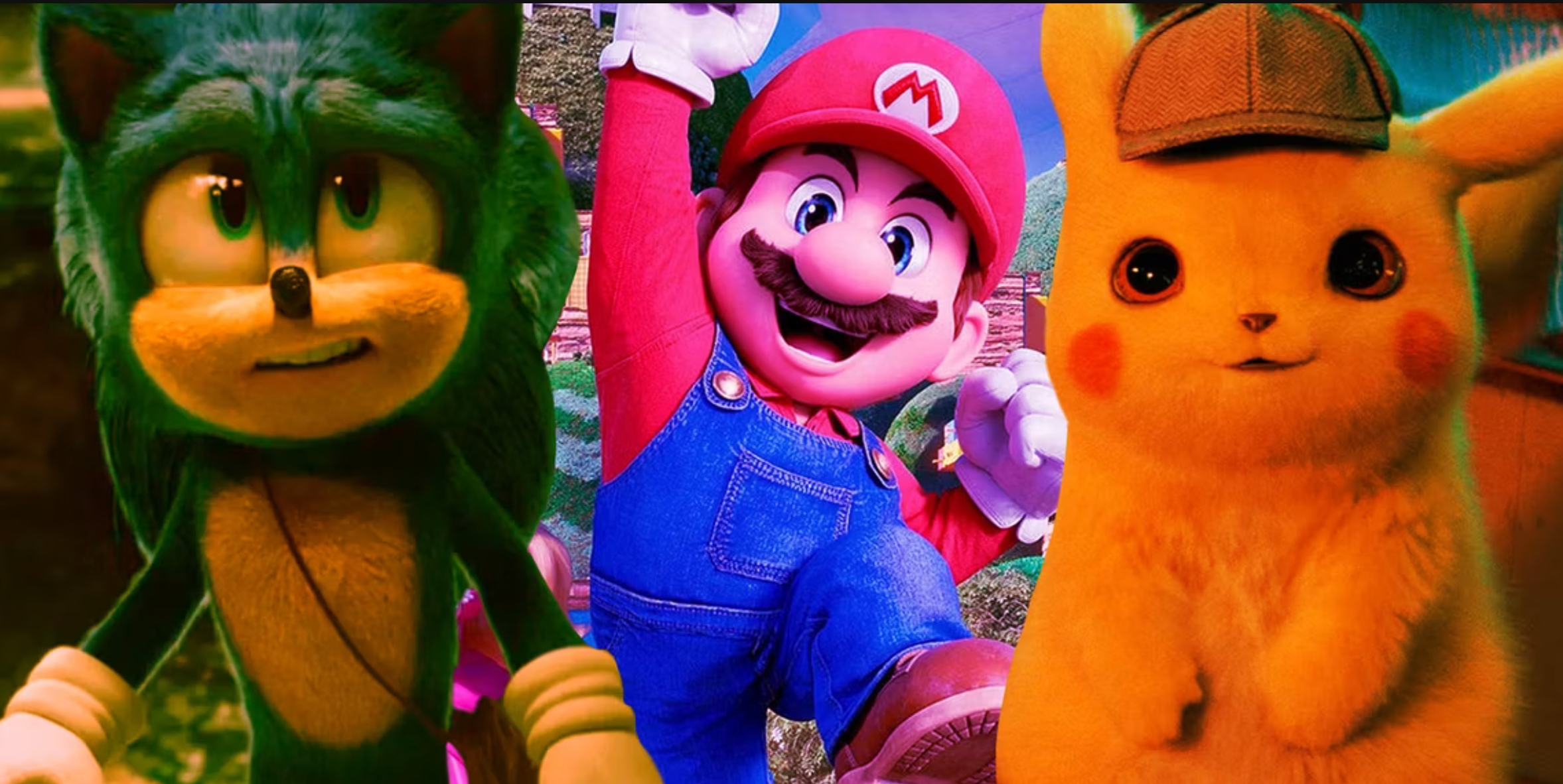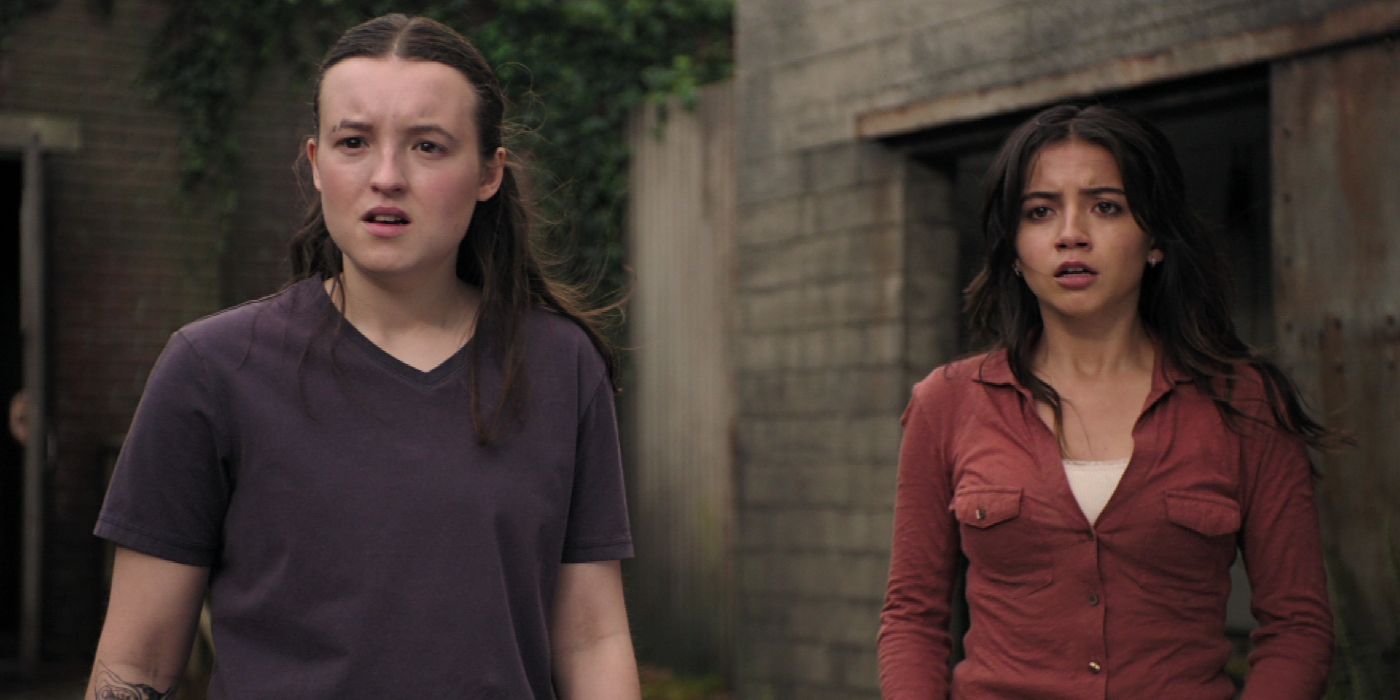This is a remarkably fair and empathetic work, considering the agony that Jois put her family through. It isn’t prosecutorial, but in its own soft-spoken way, it holds Jois to account. Jois expresses regret for the unhappiness she caused but never seeks forgiveness, and there’s a coldness to the way she frames her decision. She often speaks in therapeutic language employed for self-protection by people who wish they felt guiltier than they say they do.
But in the end, the movie makes a sincere attempt to understand her, mainly by asking her tell her own story, then considering the parallels, cycles, scandals, and tragedies that recur through different generations of extended families, some of which seem conscious and preventable, and others of which seem as mysteriously inevitable as curses. Jois is a half-Japanese woman who was raised in secret by the birth mother who was ashamed of her, then placed with a white family in Seattle that lives by the credo that a family’s problems are its own and should not be shared with anyone outside, or perhaps even discussed with one another. She was given up by her biological mother, then abandoned her own children, and when Sam is an adult, he admits that he cuts people off suddenly to keep them from getting too close, and tanked a meaningful relationship with a young woman for the same reason.
There’s a nature-and-nurture argument to be had here about what happens to people who aren’t really wired or inclined to be parents but become them anyway, but this is not a good place to get into it. The important thing to know is that this film gets into it, mostly by implication, while telling the story of the family, and listening to them talk to the camera and each other about what happened.
“Sam Now” is remarkable not only for its powerful subject matter and the restrained, intelligent way it examines its key players, but for the way it seems to simultaneously reach out the audience and everyone involved in the story. There’s no quantifiable way to prove that a movie loves its characters, but I think you can feel it when it happens, and it happens here.
A big part of what makes “Sam Now” so gripping—to the point where a minute can feel like an hour, in a cathartic yet excruciating way—is the curious and benevolent gaze that it casts on everyone in it. You can feel the overwhelming, perhaps verbally inexpressible love that the filmmaker has for his family, his siblings, his father, his grandmother and aunts, all the family friends, for the city he lives in, and even for the landscapes that he and Sam travel through. It’s in the way he frames them in their homes and neighborhood streets, and the care he puts into all of the “fiction” sections, whether he’s using clever editing and stop motion to make people disappear and reappear or inanimate objects come to life, or letting a moment of conversation play out even as the family cat slinks into the frame to make biscuits on the father’s head or obstruct Sam while he’s decorating a t-shirt.
You can view the original article HERE.
